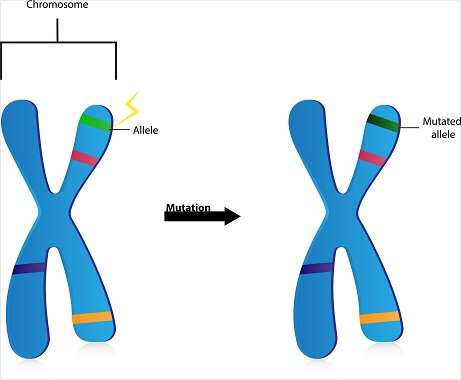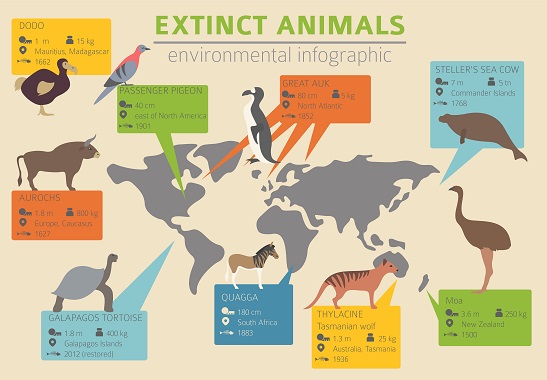
The Coton de Tulear, or the ‘Royal Dog of Madagascar,’ is a small, happy-go-lucky dog that provides amusement, comfort, and companionship to their human owners. These dogs are known for their profuse white coat that is as soft as cotton, and their personality traits. As well as happy-go-lucky, these dogs are intelligent, lively, playful, and very social. Coton de Tulears are white and sometimes have grey, black, or tri-colored markings. Their coat is medium-to-long and can be extremely fluffy. They have a curled tail and a black nose. These dogs tend to bark and can be very vocal. They are good family dogs and can be socialized easily with other dogs and children. Cotons are eager to please which makes them easy to train and they adapt well to any environment. They form strong bonds with their owner and are even known to have a habit of jumping up and walking on their hind legs to please people. Coton de Tulears are very playful and keen swimmers. Unlike their small size suggests, these dogs are robust and have good stamina. They do well in different dog sports, including agility and catch. The Coton de Tulear is the national dog of Madagascar and members of the bichon family. Its name is derived from the city of Tulear in Madagascar and for its cotton-like coat – coton is french for cotton. Ancestors of this dog are thought to have arrived on the island in the 16th century on trade and pirate ships. Once they arrived in Madagascar, they soon established themselves there, with several dogs becoming pets to members of the royal court and other wealthy Madagascan households, while others roamed the streets. These dogs were never feral, and have very little prey drive. It wasn’t until the 1970s that these dogs were bought to mainland Europe. A Frenchman visiting Madagascar brought some of the Cotons back to France where he worked to establish them as a breed. Cotons arrived in North America during the same decade. This dog breed is remarkably long-lived with most dogs living to between 14 and 19 years old. Some have even reached a grand old age of 20! They are incredibly healthy and less than 5% suffer from genetic health conditions. Coton de Tulears suffer from the usual ailments as they get older, including joint and eye problems. They are also prone to allergies which can result in dry and itchy skin. Coton de Tulears are small, lively, intelligent dogs that make excellent companions. They are favored for their happy disposition and low maintenance. These dogs are originated in Madagascar and were the companion dogs of the Merina – the ruling tribe in Madagascar. They are famous for their cotton-like coat which is thought to be the result of a genetic mutation and is a great example of a biological concept. Let’s investigate further. The Coton de Tulear is famous for its cotton-like coat which is different from other dog breeds. The cottony coat may be the result of a single gene mutation. Domestic dogs are interesting to study because there is a large amount of phenotypic variation across populations and breeds. A phenotype is a set of observed characteristics of an animal that result from the interaction of its genotype with the environment. In the case of dogs, this could include body shape, head shape, coat length, coat color, and tail shape among other things. Dog breeds are interesting because they have been developed over a relatively short period of time in terms of evolution. Specific dog breeds have been bred for desirable traits such as coat color and length. Many of these traits have been associated with genetic mutations including length, curl, growth pattern, shedding, and hairlessness. For example, we now know that fur length is controlled in part by one or more variants in the fibroblast growth factor 5 (FGF5) gene. Further research will need to be carried out to determine what gene mutation resulted in the Coton de Tulear having such a soft, cotton-like coat. The Coton de Tulear is a rare breed and has faced extinction at several points during its history. While the breed remains to be the official dog of Madagascar, economic and political crises may result in the breed becoming extinct in its native land. Luckily, there are many Coton breeders around the world so the dog is not at risk of becoming extinct entirely. The Coton de Tulear’s ancestor – the Coton de Reunion – became extinct after the opening of the Suez canal in 1869 caused the island of Reunion to lose much of its commercial importance. While extinction is a natural component of evolution, unsustainable human activity has caused the extinction of several species including the dodo, quagga, and the woolly mammoth. Coton de Tulears are advertised as hypoallergenic and belong to a group of dogs that shed very little or no fur at all. Certain dogs have been coined as hypoallergenic because they are less likely to trigger allergies in humans that are allergic to dog hair. The truth is that there is no such thing as a hypoallergenic dog. Allergies in humans are caused by proteins found in canine dander and saliva. These hypoallergenic dogs still have these proteins but as they don’t shed as much as some other breeds, they are less likely to cause problems as they do not leave so much dander lying around. Coton de Tulears are also small dogs that are easier to bathe and groom than much larger breeds. Combined, this probably contributes to the fact that they are less likely to trigger allergies in humans.
Kingdom
Animalia
Phylum
Chordata
Class
Mammalia
Order
Carnivora
Family
Canidae
Genus
Canis
Species
Canis lupus
Subspecies
Canis lupus familiaris
Height
8.7 – 11.8 in (22 – 30 cm)
Weight
7.5 – 13 pounds (approximately 3.5 – 6 kg)
Lifespan
14 – 19 years
Social Structure
Domesticated, non-sporting group
Status
Least concern
Natural Habitat
Domesticated
Average Litter Size
4 – 6
Main food item
Dog food
Potential predators
Few predators
The Basics

Fun Facts about the Coton de Tulear!
Genetic Mutation

Rare Breed

Hypoallergenic?
